ALL THE WILD THAT REMAINS
EDWARD ABBEY, WALLACE STEGNER,
AND THE AMERICAN WEST
DAVID GESSNER

W. W. NORTON & COMPANY
New York London
London
FOR REG SANER,
Teacher and Friend
We simply need that wild country available to us, even if we never do more than drive to its edge and look in. For it can be a means of reassuring ourselves of our sanity as creatures, a part of the geography of hope.
WALLACE STEGNER, Wilderness Letter
Most of the formerly primitive road from Blanding west has been improved beyond recognition. All of this, the engineers and politicians and bankers will tell you, makes the region easily accessible to everybody, no matter how fat, feeble or flaccid. That is a lie.
It is a lie. For those who go there now, smooth, comfortable, quick and easy, sliding through slick as grease, will never be able to see what we saw. They will never feel what we felt. They will never know what we knew, or understand what we cannot forget.
EDWARD ABBEY, How It Was
CONTENTS
ALL THE WILD THAT REMAINS
I t was a summer of fires and fracking. The hottest summer on record, they said, with Midwest cornfields burnt crisp and the whole West aflame, a summer when the last thing a card-carrying environmentalist would want to be caught dead doing was going on a nine-thousand-mile road trip through those parched lands.
I was going anyway. For almost a decade I had dreamed of getting back out west, where I had lived during my early and mid-thirties, and as it happened the summer I picked was the one when the region caught fire. Drought was the word on everyones dry lips, and there was another phrase toothe new normalthat scientists applied to what was happening, the implication being that this sort of weather would be sticking around for a while. Though I hadnt planned it that way, I would be driving out of the frying pan of my new home in North Carolina and into the fire of the American West. In Carolina, I had been studying the way hurricanes wracked the coast, but now I would be studying something different. Though my hometowns problem was too much water, not too little, I had the sense these things were connected.
I loved the West when I lived there, finding it beautiful and inspiring in the way so many others have before me, and at the time I thought I might live there for the rest of my life. But circumstances, and jobs, led me elsewhere. It nagged me that the years were passing and I was spending them on the wrong side of the Mississippi. But I followed the region from afar, the way you might your hometown football team, and the news I heard was not good. A unique land had become less so, due to an influx of people that surpassed even the Sunbelts. The cries of Drill, Baby, Drill! might be loudest in the Dakotas, but they echoed throughout the West. The countrys great release valve suddenly seemed a place one might long to be released from. And now the fires, biblical fires, wild and unchecked, were swallowing up acreage comparable to whole eastern states.
The plan was to leave sometime in early summer and aim my Toyota Scion for Eldorado Springs, Colorado, the place that had served as my first western home and a place that at the moment just happened to be around the midpoint between the historic fires to the north in Fort Collins and the historic fires to the south in Colorado Springs. Though there would be no one else in the car, I would not be traveling alone. Along with my atlases and gazetteers, I would carry a box filled with a couple dozen books. Over the previous year, knowing I would be returning to the West, I had also returned to the two writers who had helped me make sense of the region. When I mentioned the names of these writers in the East, I sometimes got befuddled looks. More than once I had been asked: Wallace Stevens? Edward Albee? No, I would patiently explain. Wallace Stegner and Edward Abbey.
It was kind of funny, really. Stegner and Abbey were both so firmly entrenched in the pantheon of writers of the American West that if the region had a literary Mount Rushmore their faces would be chiseled on it. But back east their names, as often as not, elicited puzzlement. When this happened, I would always rush to their defense. Wallace Stegner, I would explain, won the Pulitzer Prize for a novel one year and the National Book Award for another the next, and singlehandedly corrected many of the facile myths about the American West, earning him the role of intellectual godfather, not just of the region but of generations of environmental writers. As for Ed Abbey, I would say, he wrote a novel that sparked an entire environmental movementhave you heard of monkeywrenching or Earth First!?and a work of nonfiction that some consider the closest thing to a modern Walden, a book that many describe as life-changing.
But for all that, I wasnt sure at first how relevant Abbey and Stegner would be to my current life when I returned to their work a year ago. My goal was to read everything the two men had written, and I came pretty close. I did my reading in the small writing shack behind my house, a place that Id nailed together out of plywood and two-by-fours. The shack sat on a marsh, hidden by trees and sometimes flooded during moon tides, and it was as close as I got to daily wildness. During my ordinary life I would head down there in the evening, maybe drink a beer or three, read a little, watch birds. But during the year before my trip, I was all but camped out there. I sat amid a growing pile of Abbeys and Stegners books, biographies of the men, their letters, journals, photographs, and a gerbils nest of my own notes.
What I came to believe over the course of the year, and what I suspected all along if I am honest, is that Wallace Stegner and Edward Abbey, far from being regional or outdated, have never been more relevant. What I came to believe is that, in this overheated and overcrowded world, their books can serve as guides, as surely as any gazetteer, and as maps, as surely as any atlas. It was thrilling, really, if you are allowed to use that word for reading. To see that as far back as fifty years ago Stegner and Abbey were predicting, facing, digesting, and wrestling with the problems that we now think uniquely our own. And that wasnt all. If the two men had just tackled problems and laid out plans, they might as well have been politicians. In fact, they were a lot more than that: artists who labored to make something great, and human beings who lived vibrant, rich, and often contradictory lives.
A S I READ my way through the year, I noticed a fundamental difference in the pleasure of reading Edward Abbey and that of reading Wallace Stegner. With Abbey it was the pleasure of being in the company of a man who accepted himself as he was (with the hidden invitation to do the same ourselves). With Stegner, for all his honesty about the way we cant shake our own pasts, there was a vigorous sense of trying to be more.
Reading multiple biographies of Stegner, you got the sense that he charged, or at least marched briskly, through his life. Of the two writers, his career was the more monumental, stretching from his first book in 1937 to his last in 1992, his reputation built by accretion over the decades through essays and biographies and short stories and novels, including the brilliant Pulitzer Prizewinning Angle of Repose, written at the age of sixty-two and kicking off the sort of late-life burst we have recently seen from Philip Roth. But while Roths turf was the Weequahic neighborhood of Newark, Stegners was the whole Wild West, and his considerable energy was directed toward both making art and trying to protect the land he loved. He did this in a style that was both inspired and no-nonsense. In
Next page
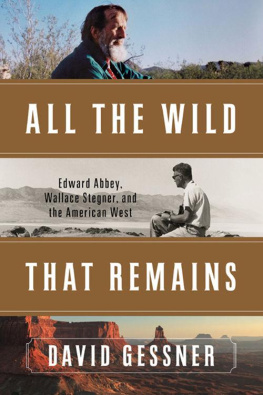
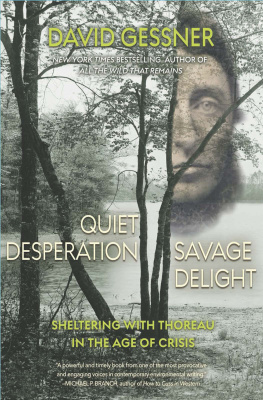
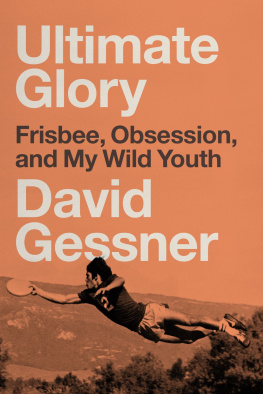

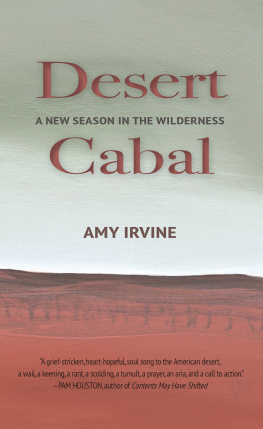
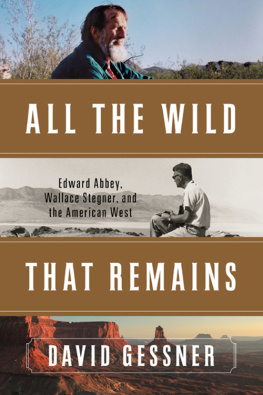

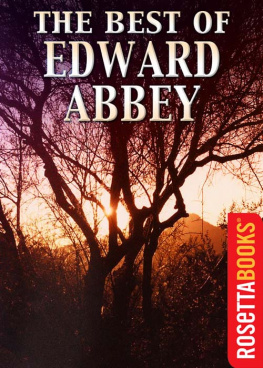

 London
London